El Salvador seizes 1.4 tons of cocaine floating in #Pacific. El Salvador seized packages containing 1.4 tons of cocaine floating in the Pacific Ocean, President Nayib Bukele said Tuesday, calling it a strike “against international drug trafficking.”
The shipment was found approximately 1,600 kilometres (1,000 miles) southwest of El Cordoncillo at the mouth of the Jaltepeque estuary on El Salvador’s Pacific coast, he said.
The seizure comes as U.S. President Donald Trump has declared war on Latin American drug traffickers and declared cartels “terrorist” organizations.
International criminal cartels use Central America as a gateway for drug trafficking, especially cocaine, to the United States.
Trump has sent several warships towards Venezuela, accusing the government of being part of the drug trade, and ordered a missile strike on a suspected drug boat, killing 11 people.
The Salvadoran president said the floating packages were valued at US$35 million.
Between 2024 and 2025, El Salvador seized 37.2 tons of cocaine with an estimated value of US$932.4 million, Bukele added.
The US embassy in El Salvador praised the operation, emphasizing that “each successful action against criminal networks shows that there is a growing synchrony between partners with common goals.”
Washington estimates that 90 per cent of cocaine reaching the United States passes through Mexico and Central America via small planes, boats, and mini-submarines.
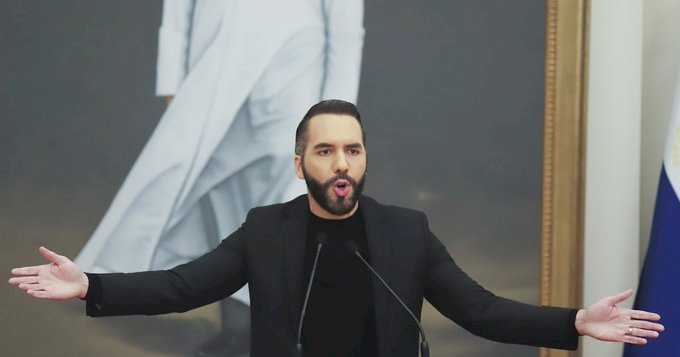

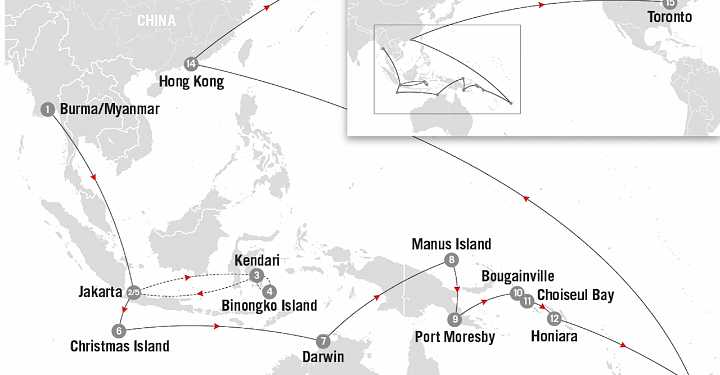


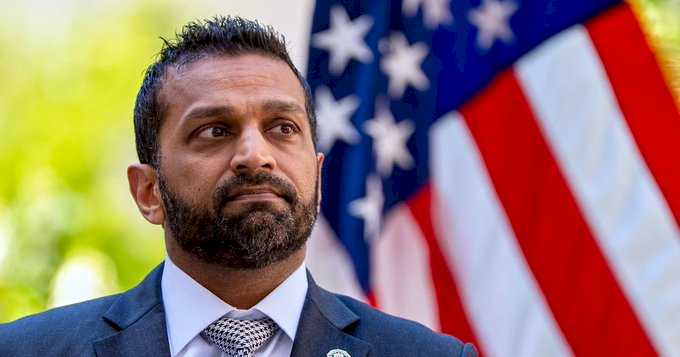
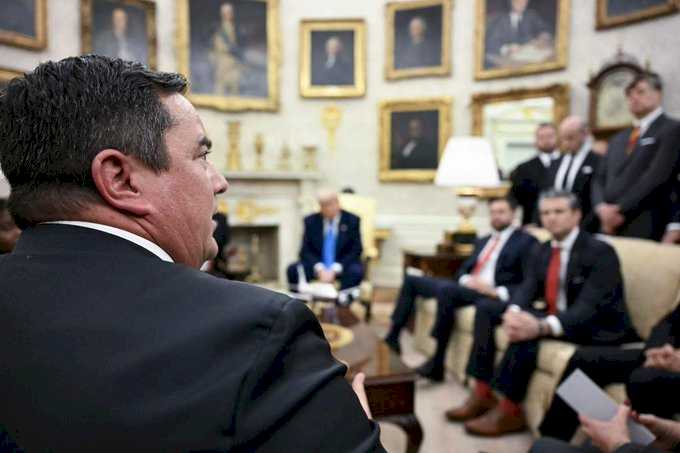
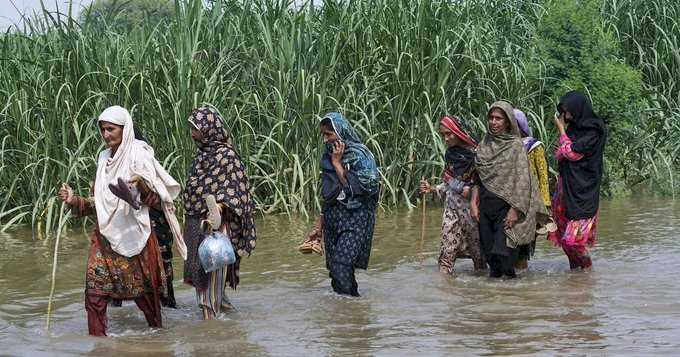
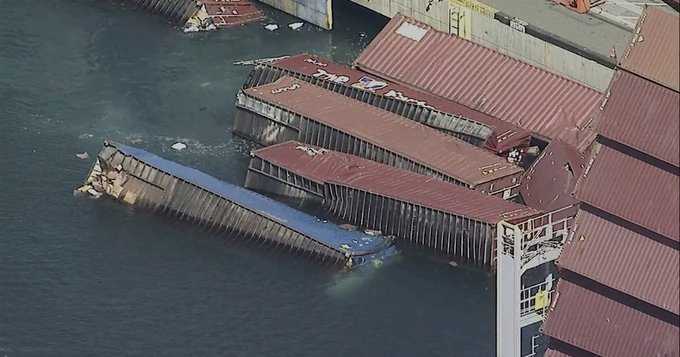
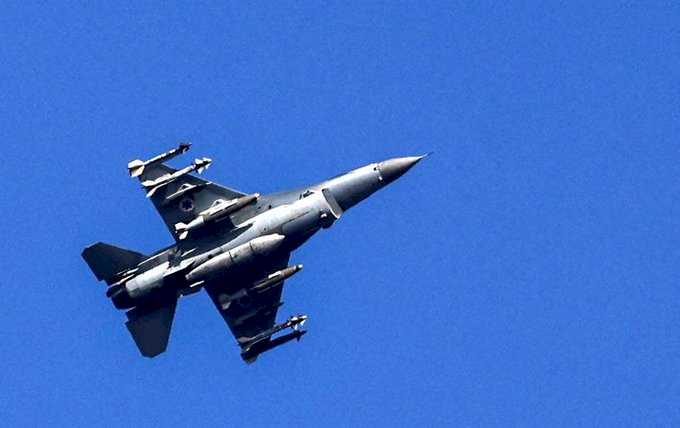
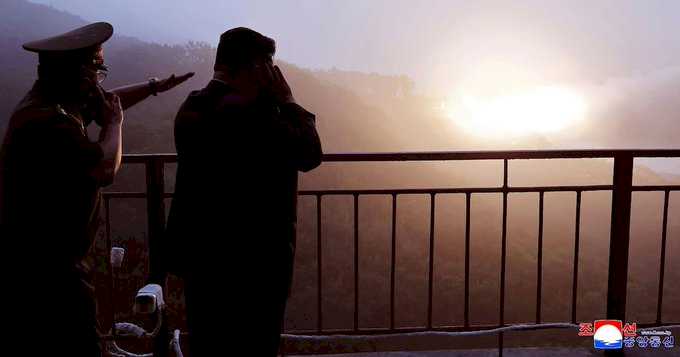
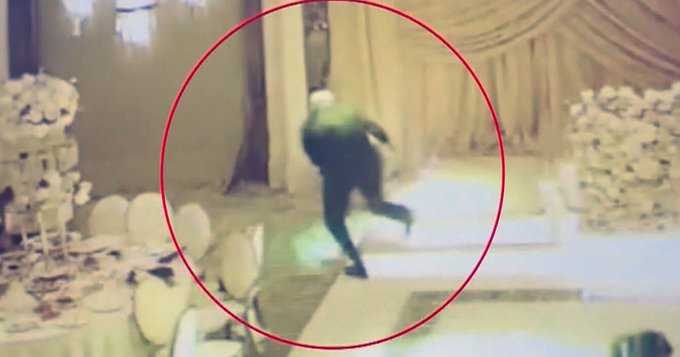
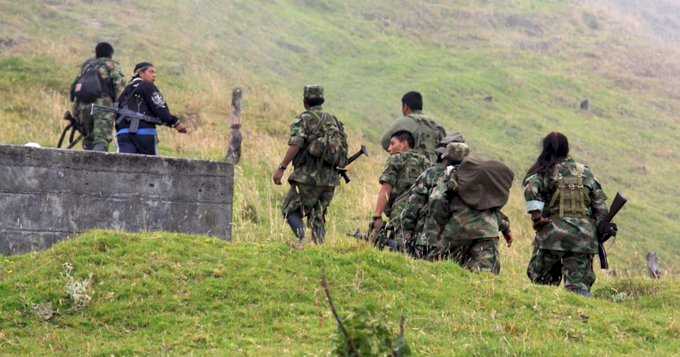
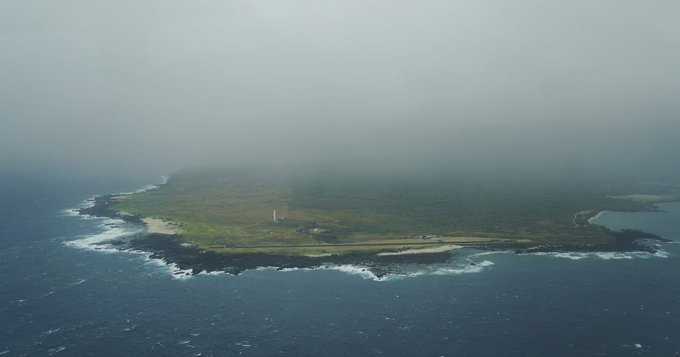



Global News on Umojja.com